Photos & Music © Kieran Jones

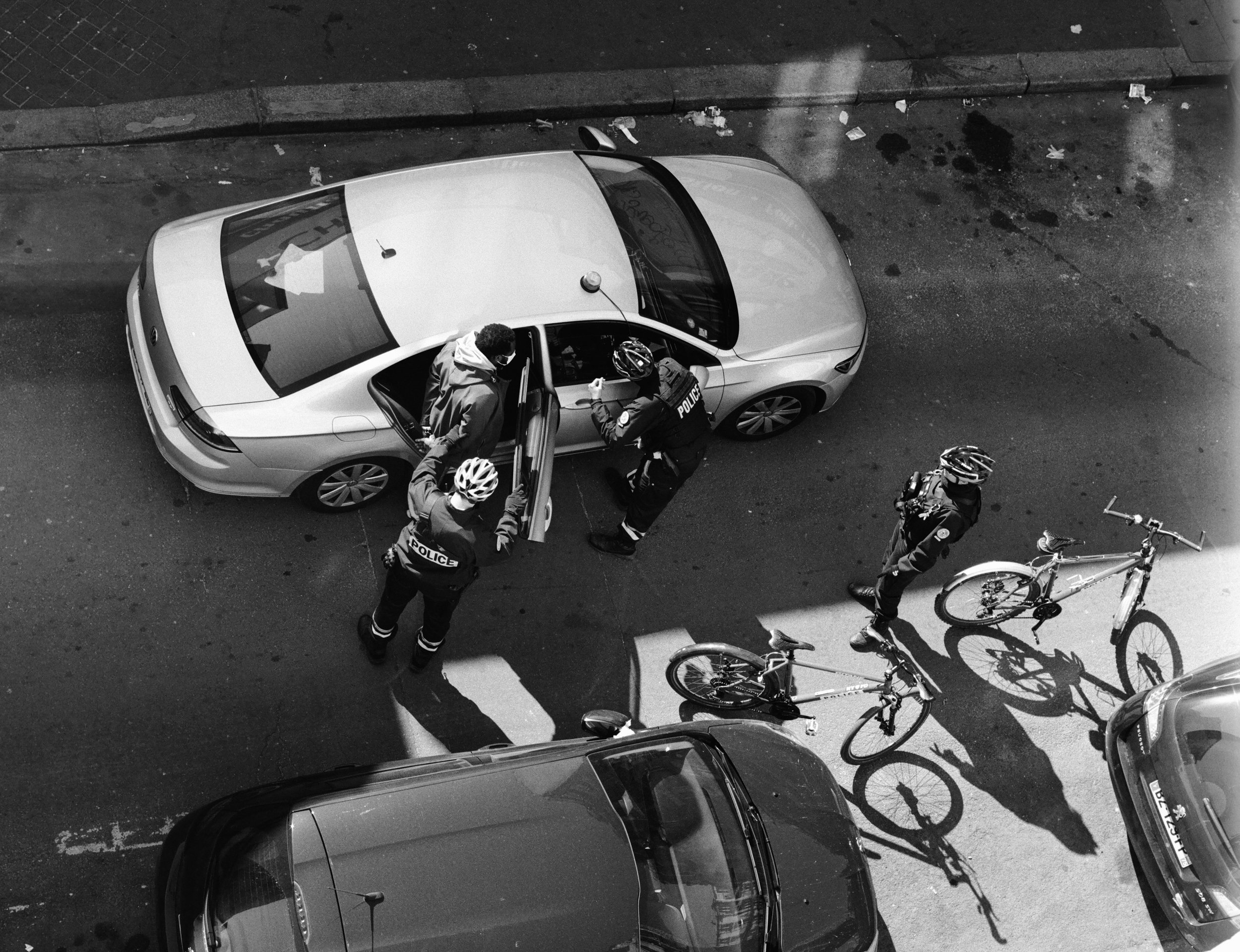




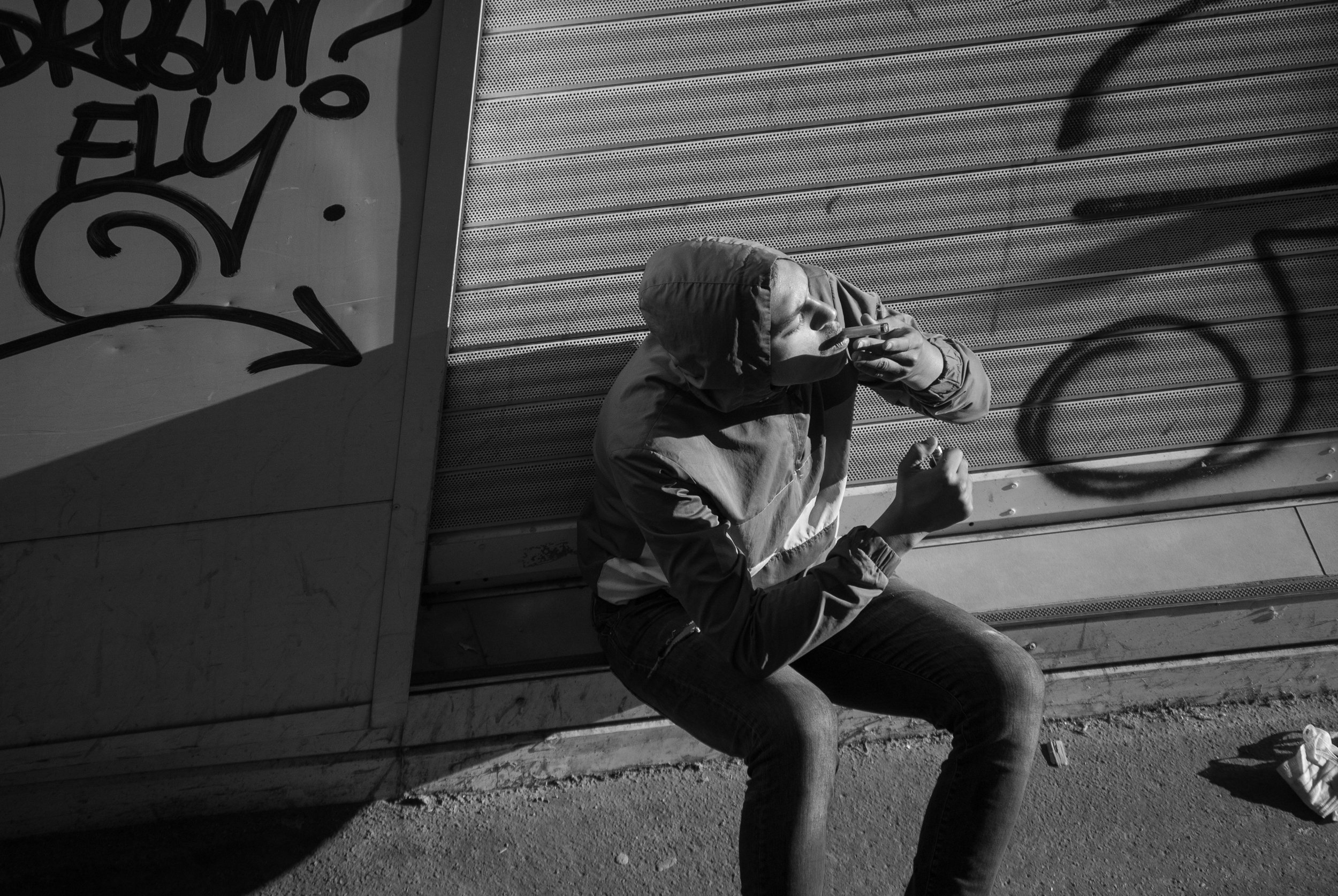








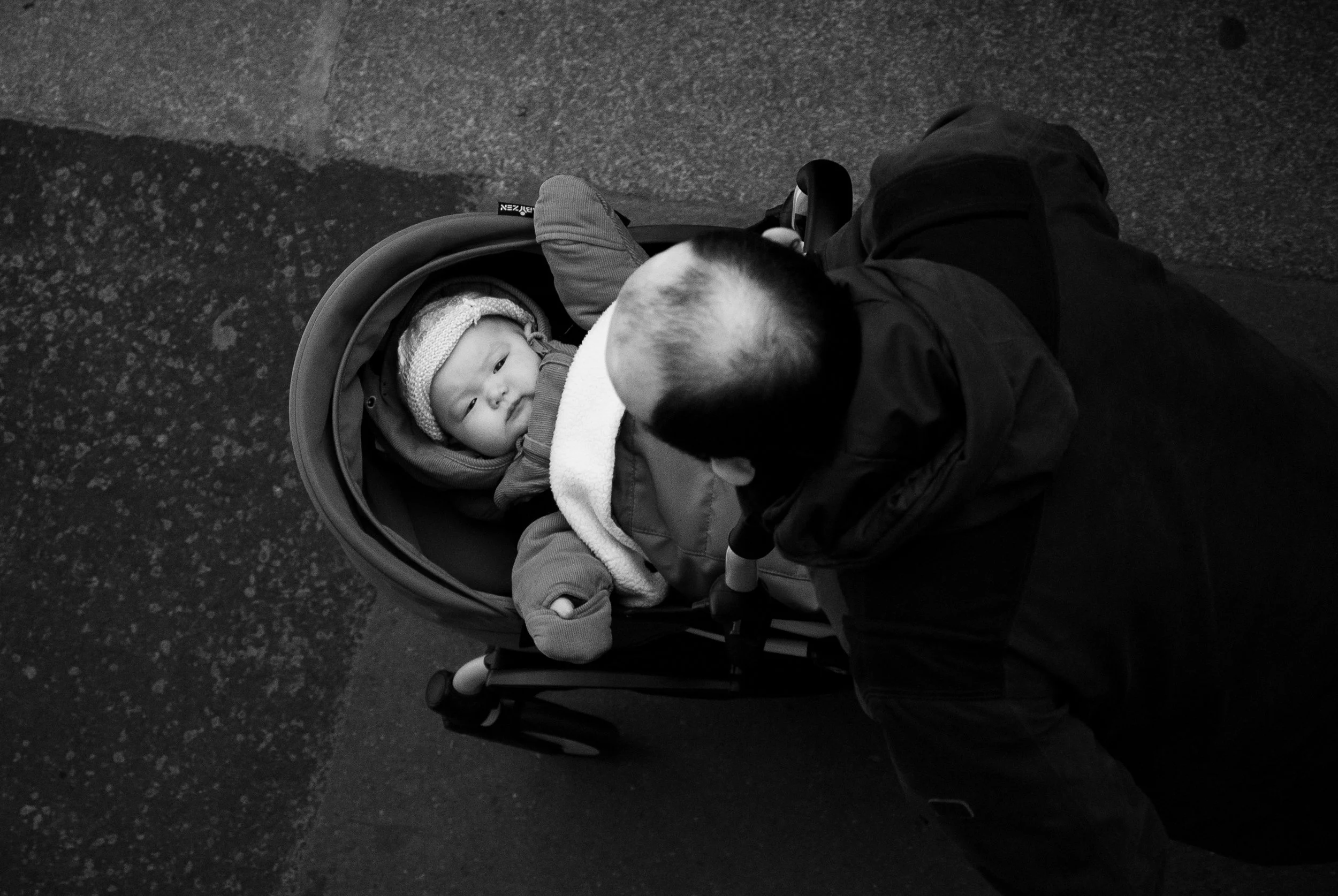
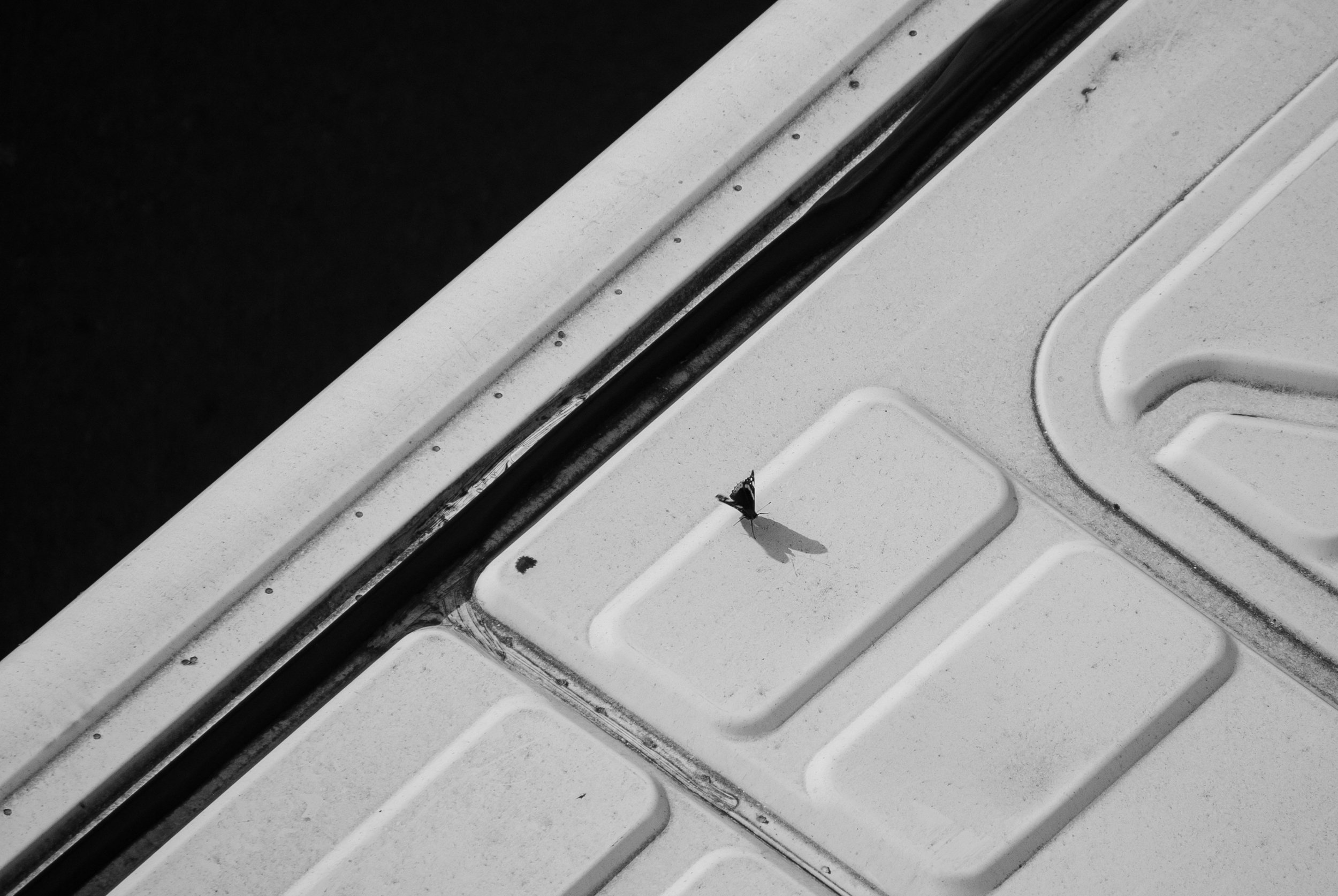



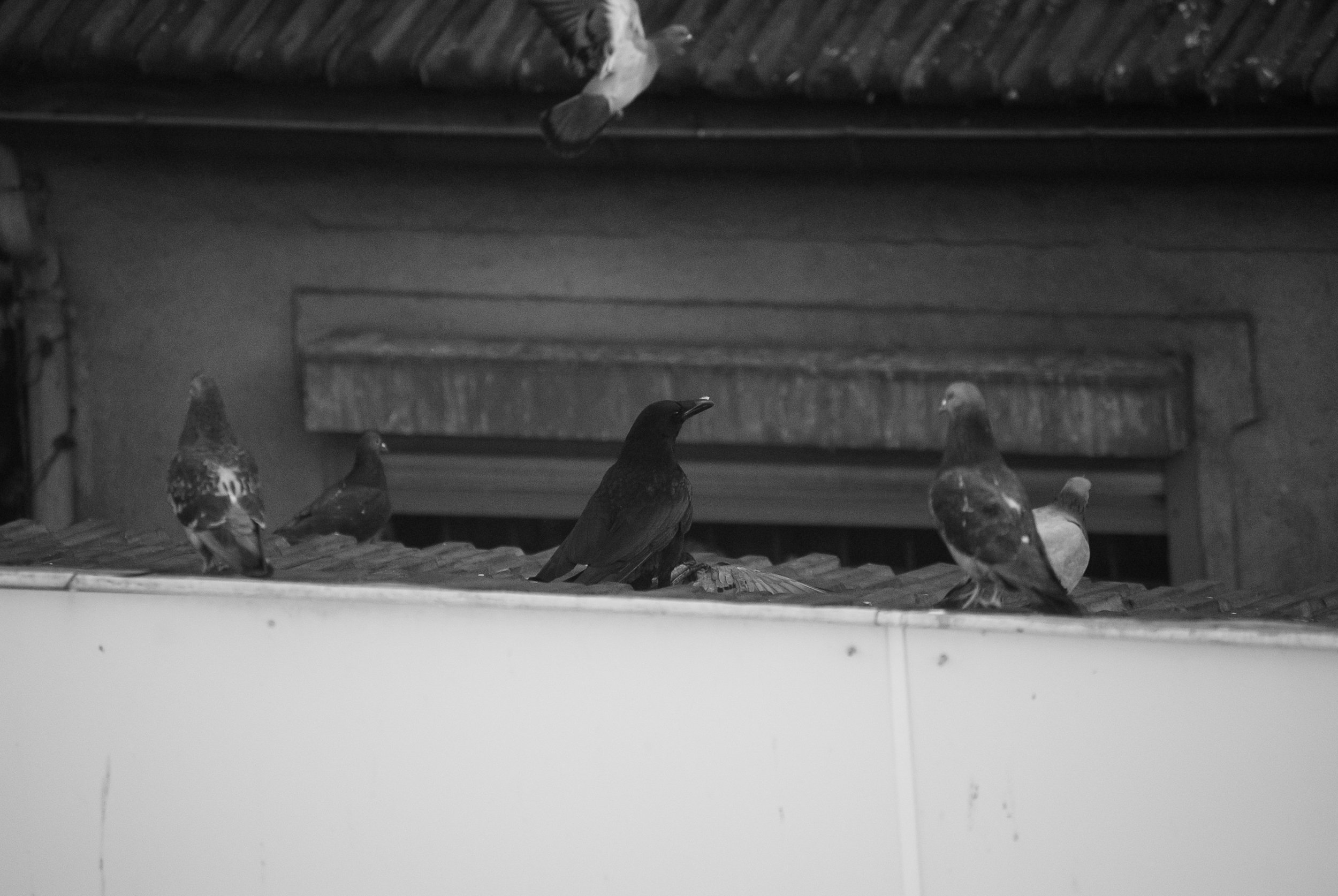

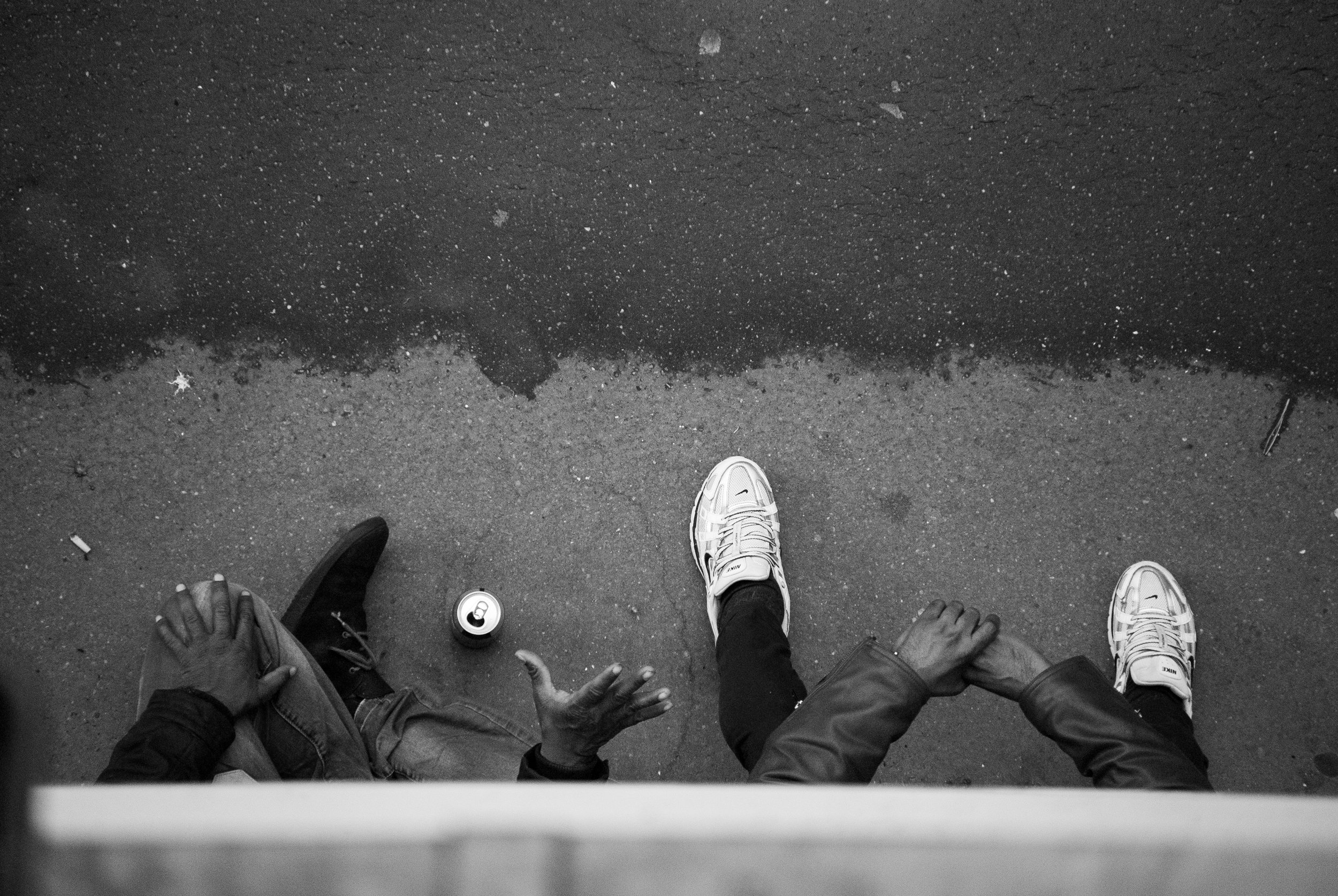
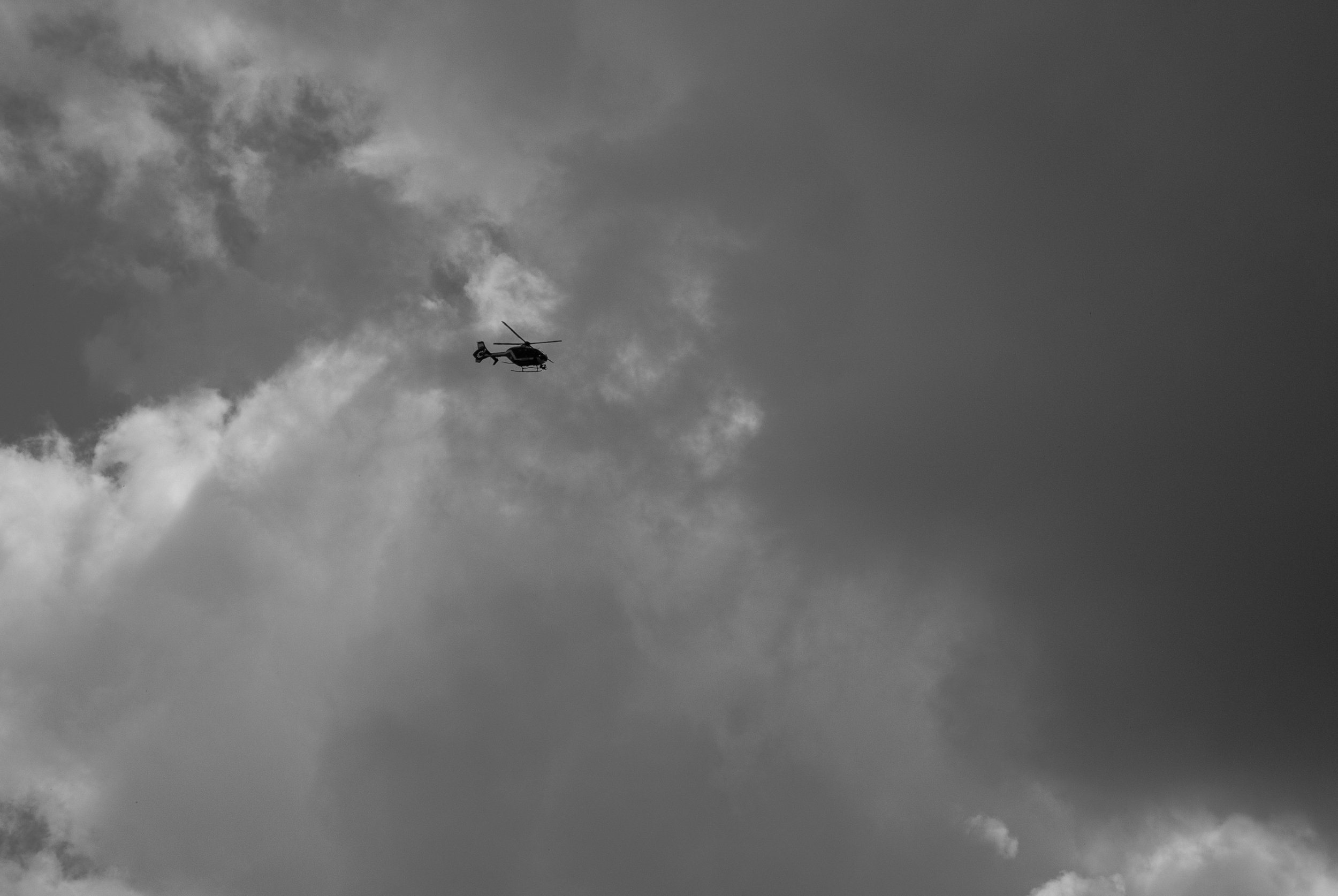
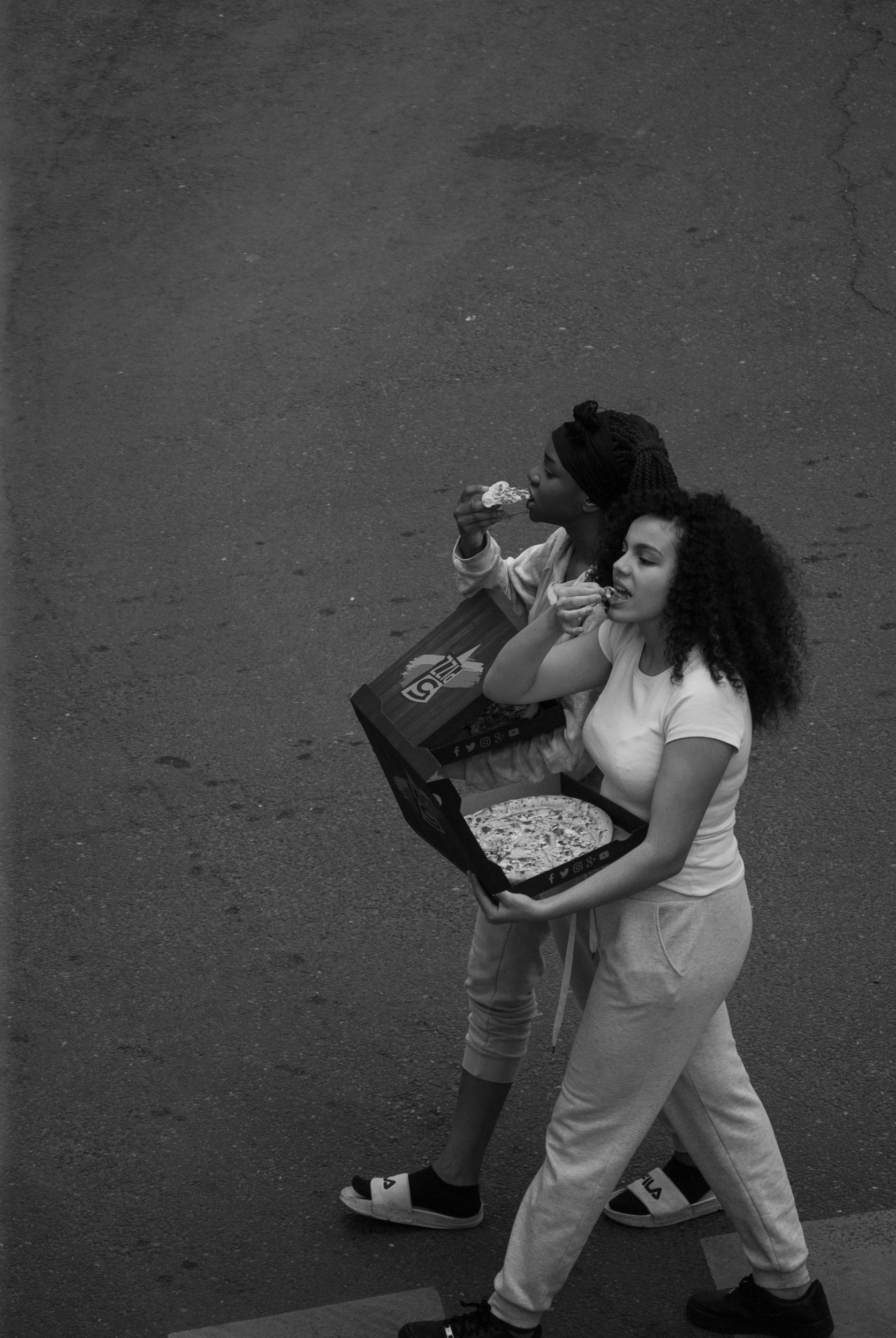
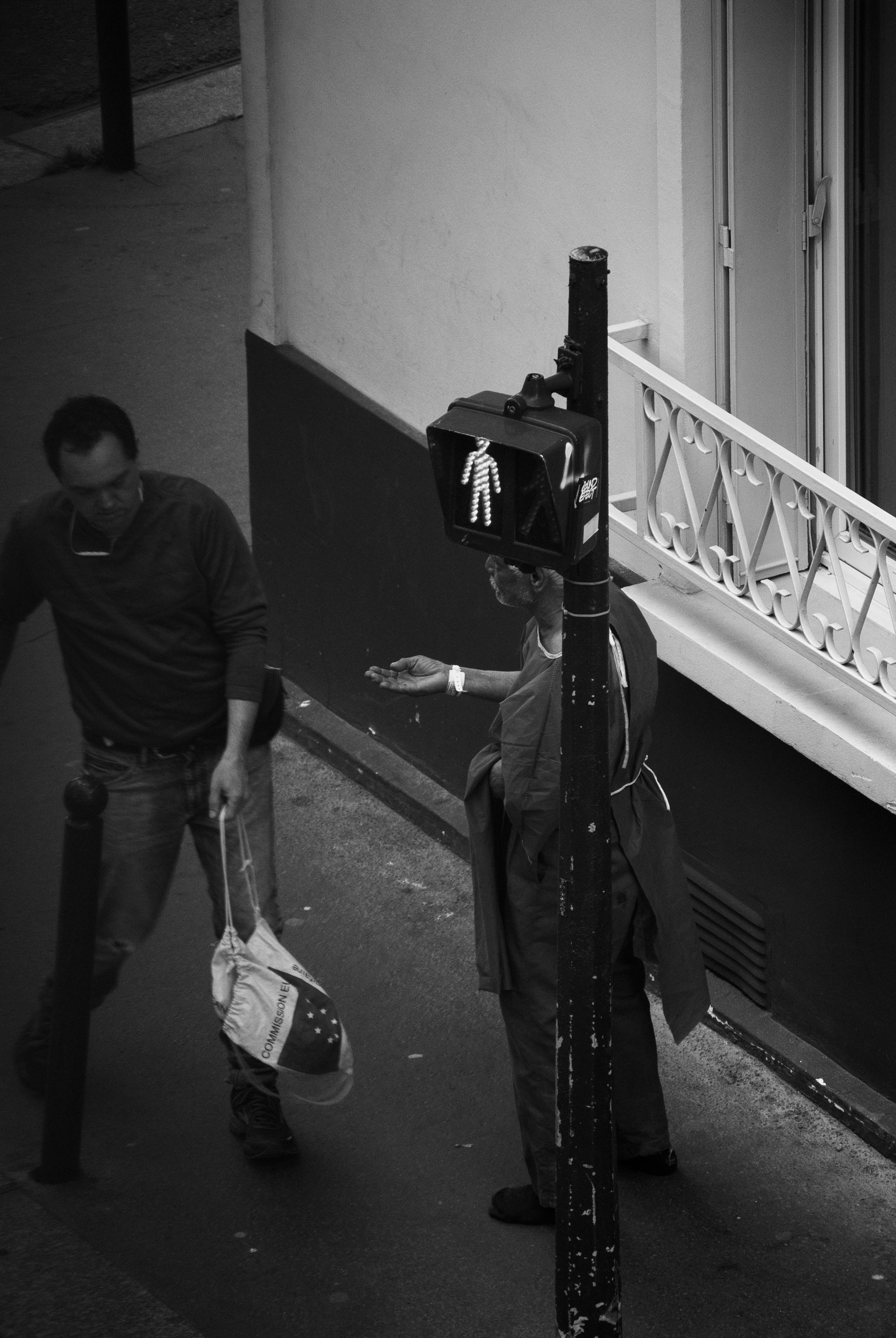
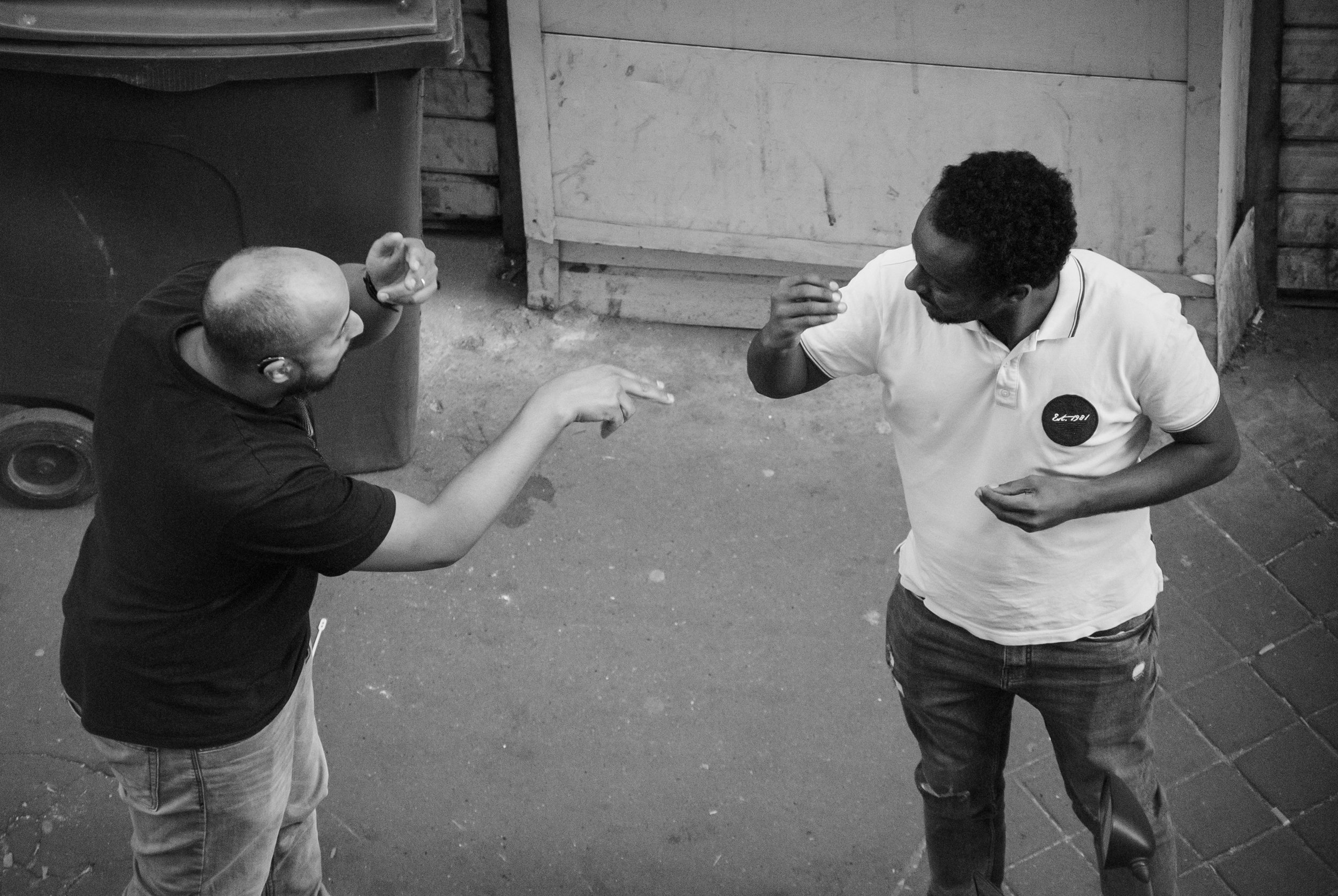





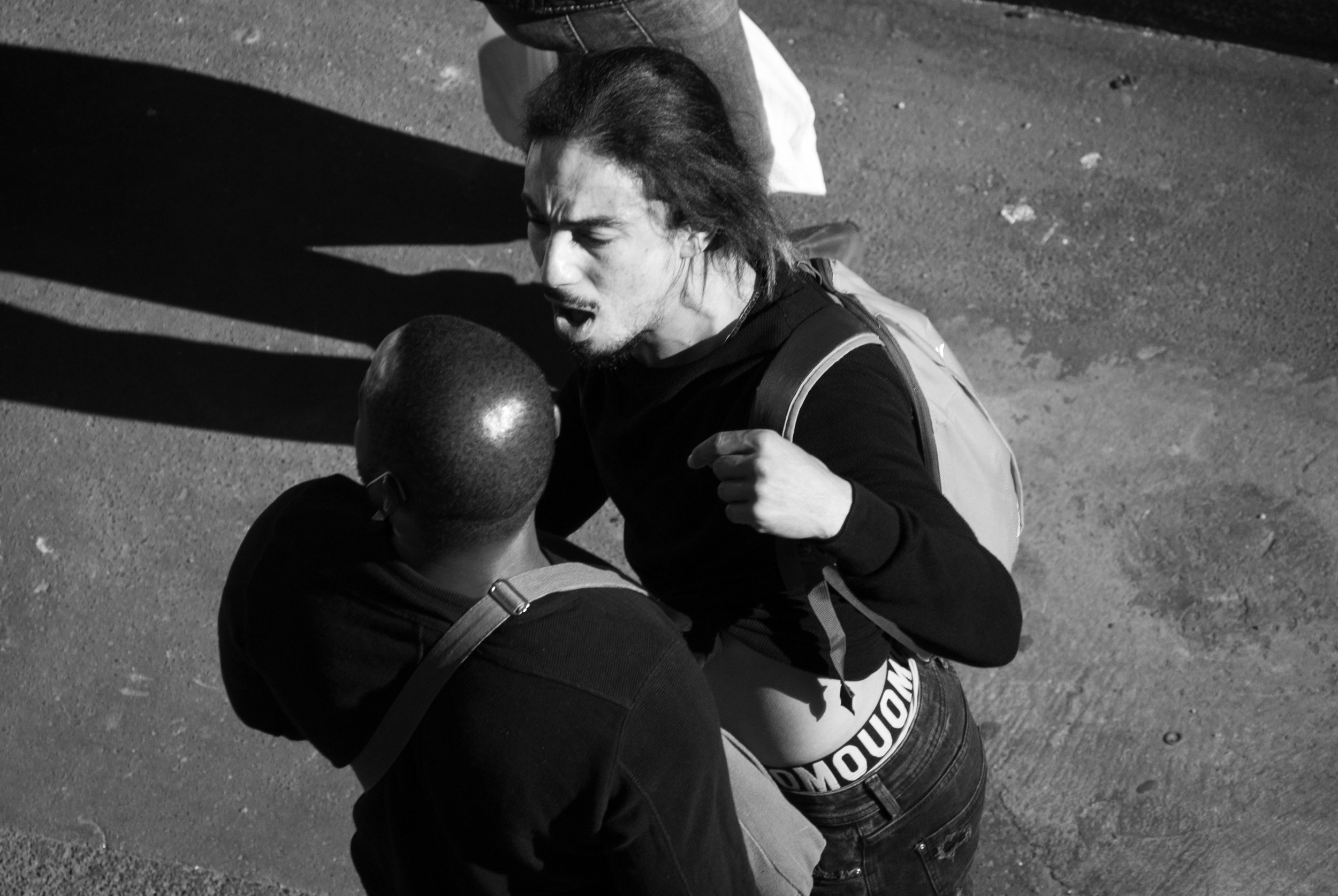
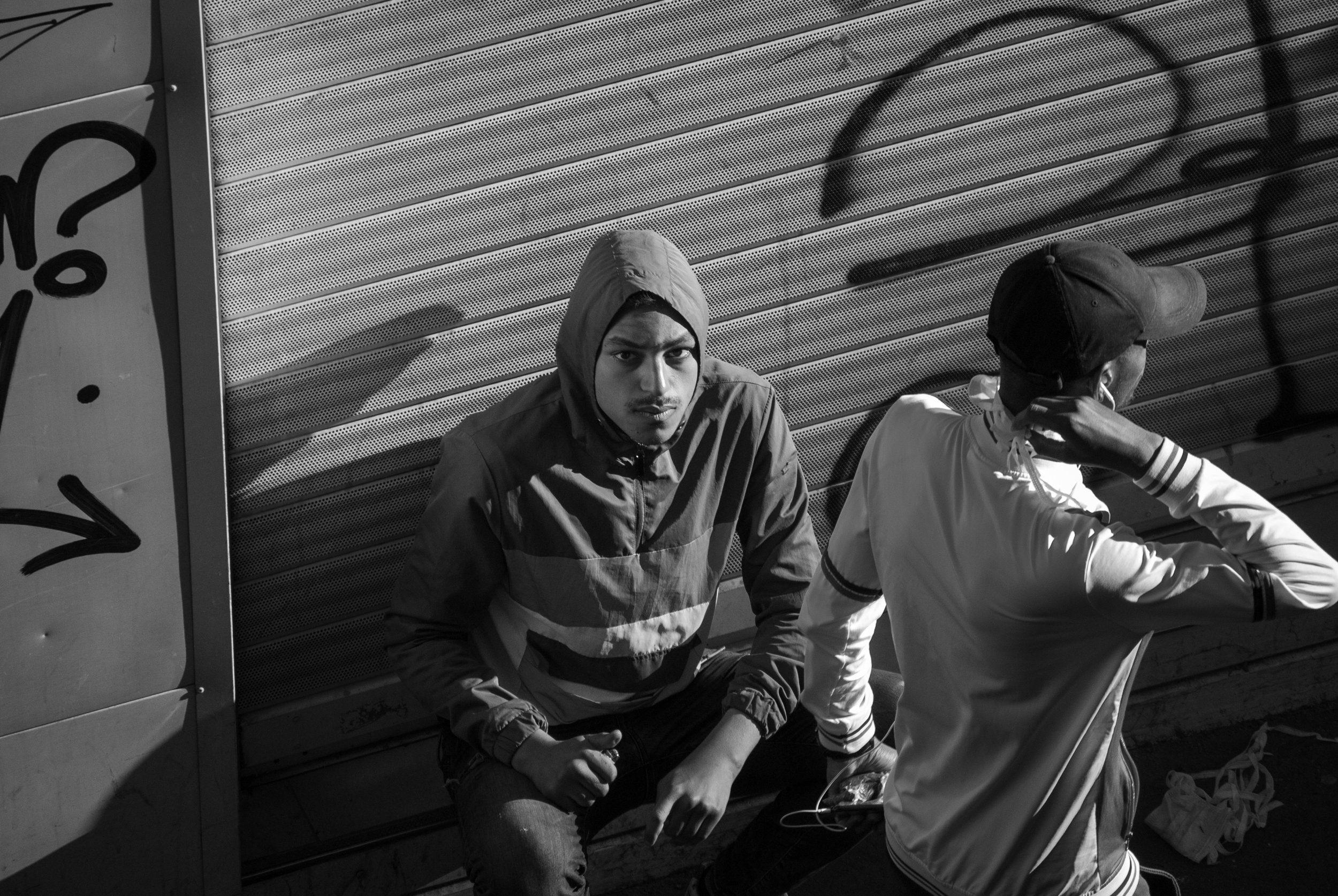
Focal Distancing
How does our behaviour change if we know someone is watching us—or could be? Surveillance monitors societies’ actions to protect and punish, and is often hidden. Could it be widened to visualise all of our interactions, bad and good? What could this tell us about our attitudes to others? Does real change only come from a conscious, internal decision—or is part of it because our actions may be seen and judged by others?
I started this project during the first Covid-19 lockdowns in Paris: from my 3rd-floor apartment in La Chapelle I was initially documenting the homelessness, drug use and gang crime as well as moments of solidarity, tenderness and kindness that I saw. But the images showed instead how the pandemic had revealed the extremities of society—and the extremes of its behaviour. Once the movement restrictions were lifted, walking around I had a different view of this world, connecting what I had seen to the lives on the ground. I had also been recording the heavy police presence, drones and helicopter patrols in the area, and after the proposal of the Global Security Bill and the assault on Michel Zecler in late 2020 I began to see links between the project and broader ideas of surveillance.








Self-adhesive, mirrored stickers cover the faces in the photos to reveal the audience both as the voyeur and the surveilled. They shift between looking at and being in the photo, literally seeing itself in positions of precarity or power, aggression or kindness. The viewer is forced into the scene by the subjects’ very anonymity: Could you be this person? Would you behave like this? A video projection evokes the oppressiveness of surveillance, as if the viewers are being constantly watched. At each end of the exhibition, looking into a simple square mirror invites the viewer to reflect on themselves, their actions, and their connections to others.
To discuss commissions, exhibitions or for further enquiries, please email: